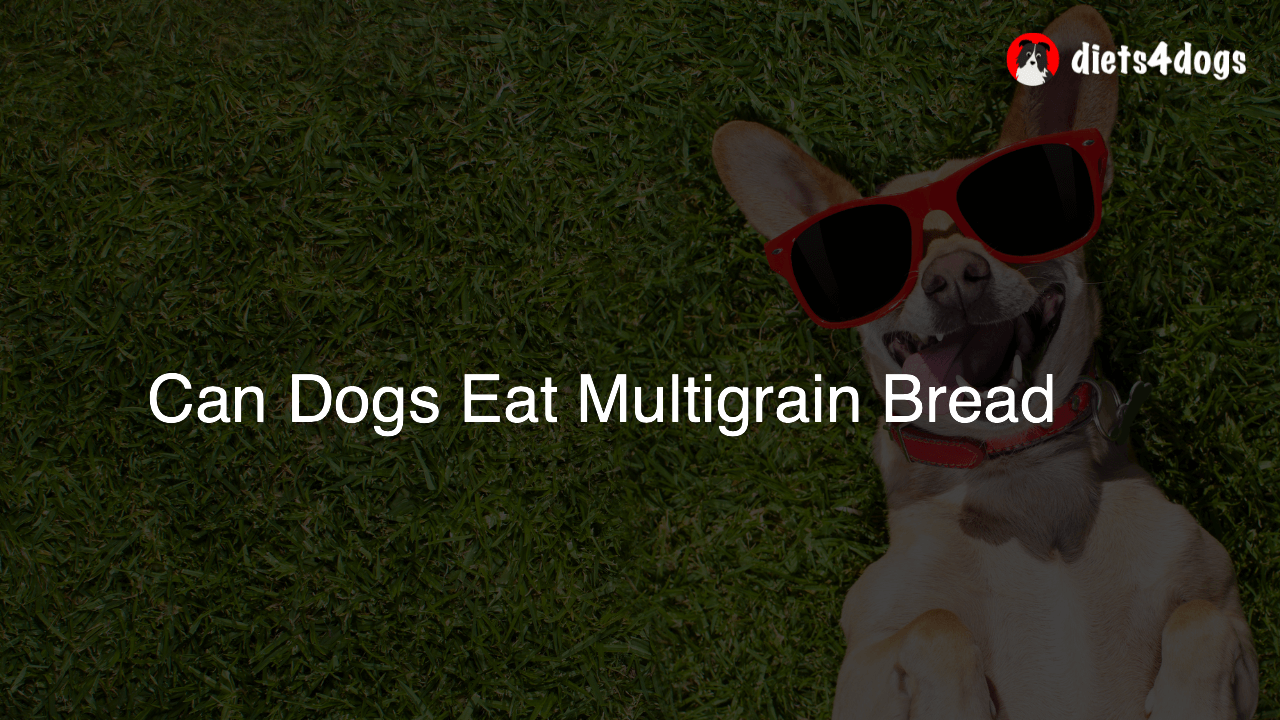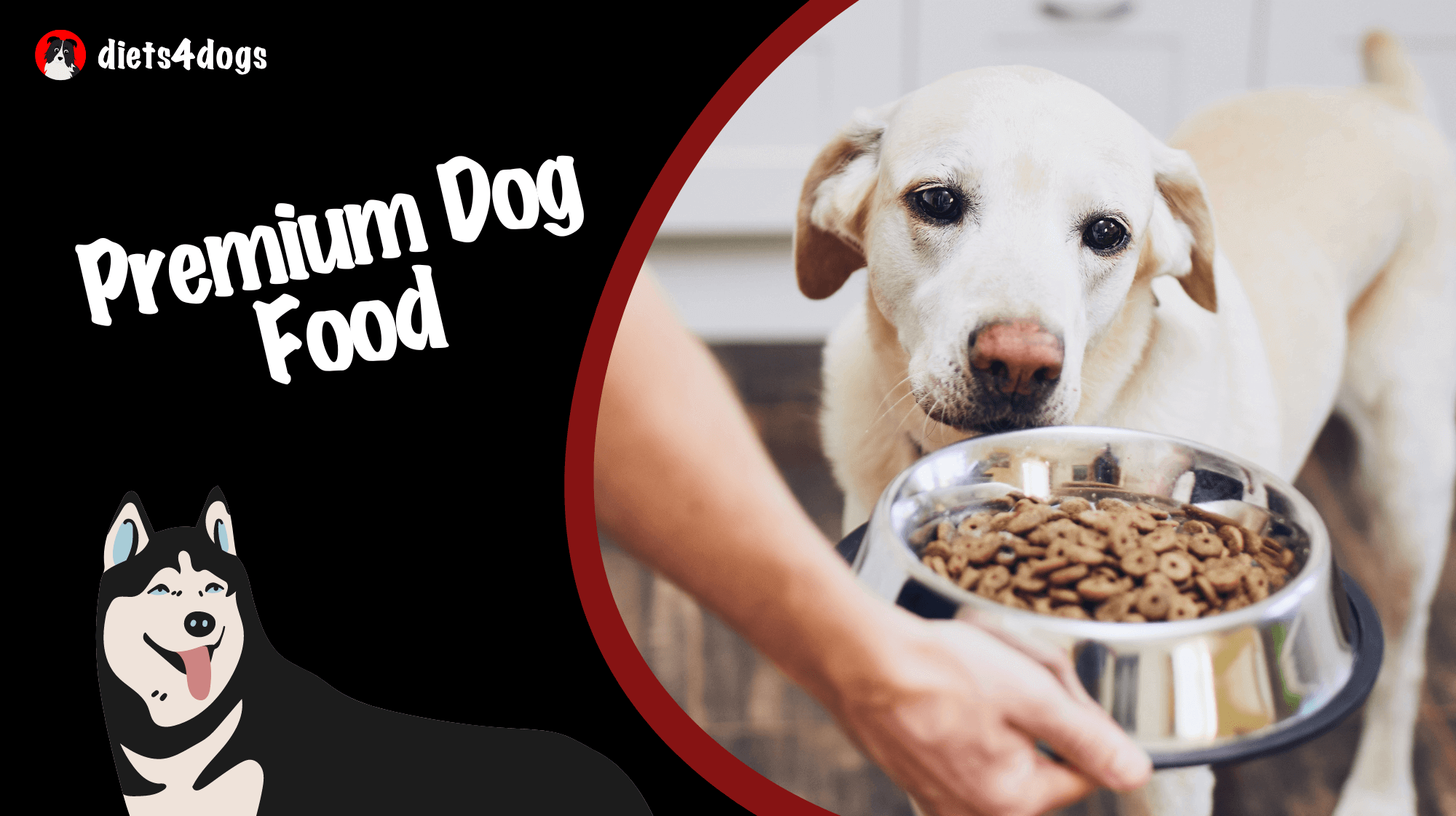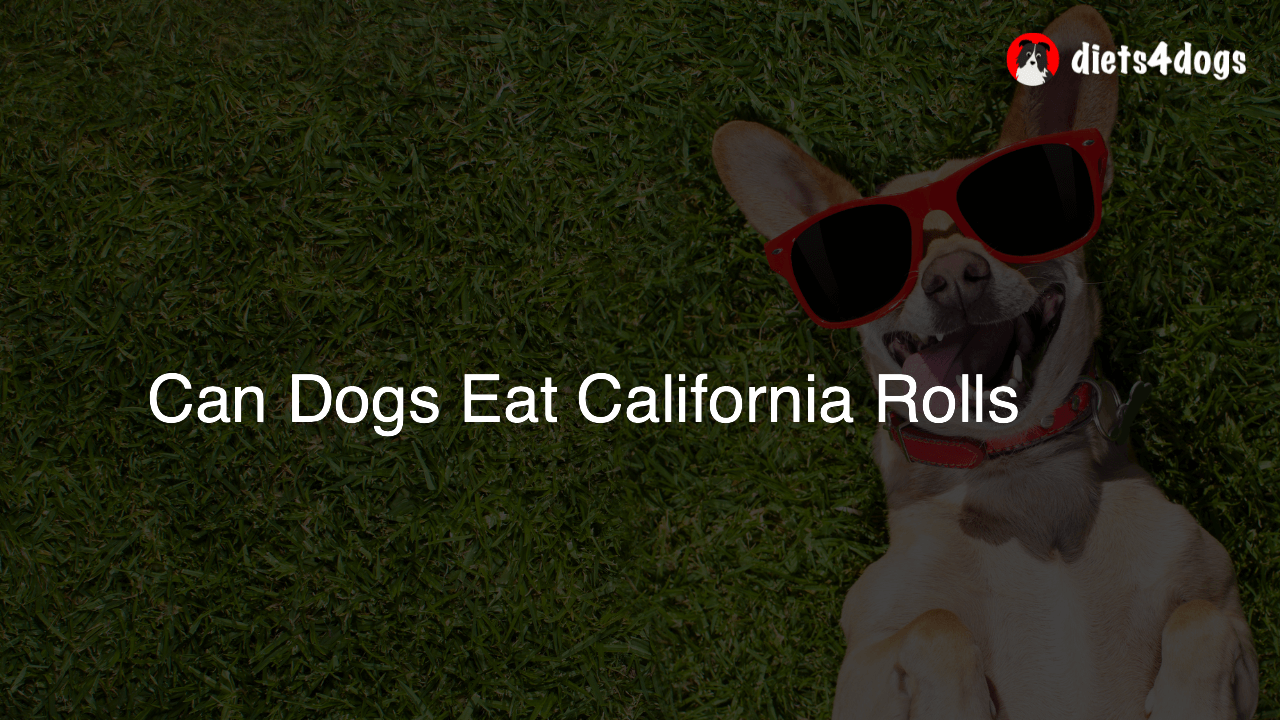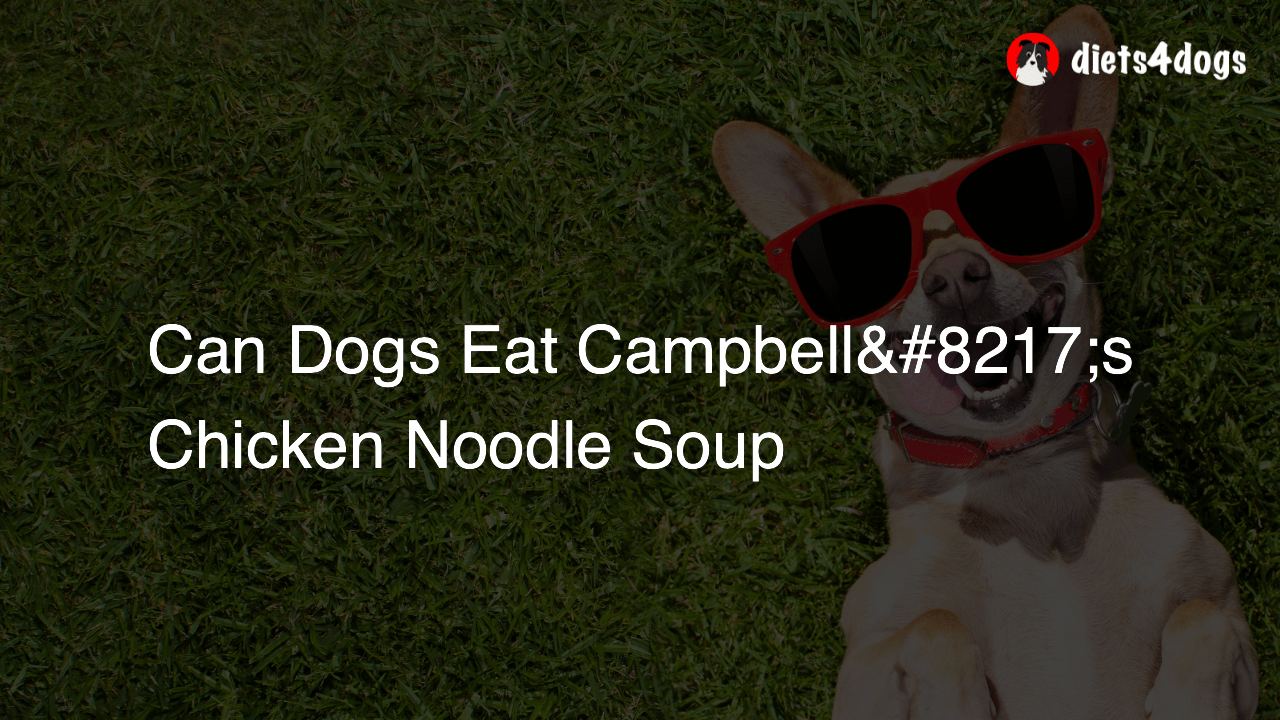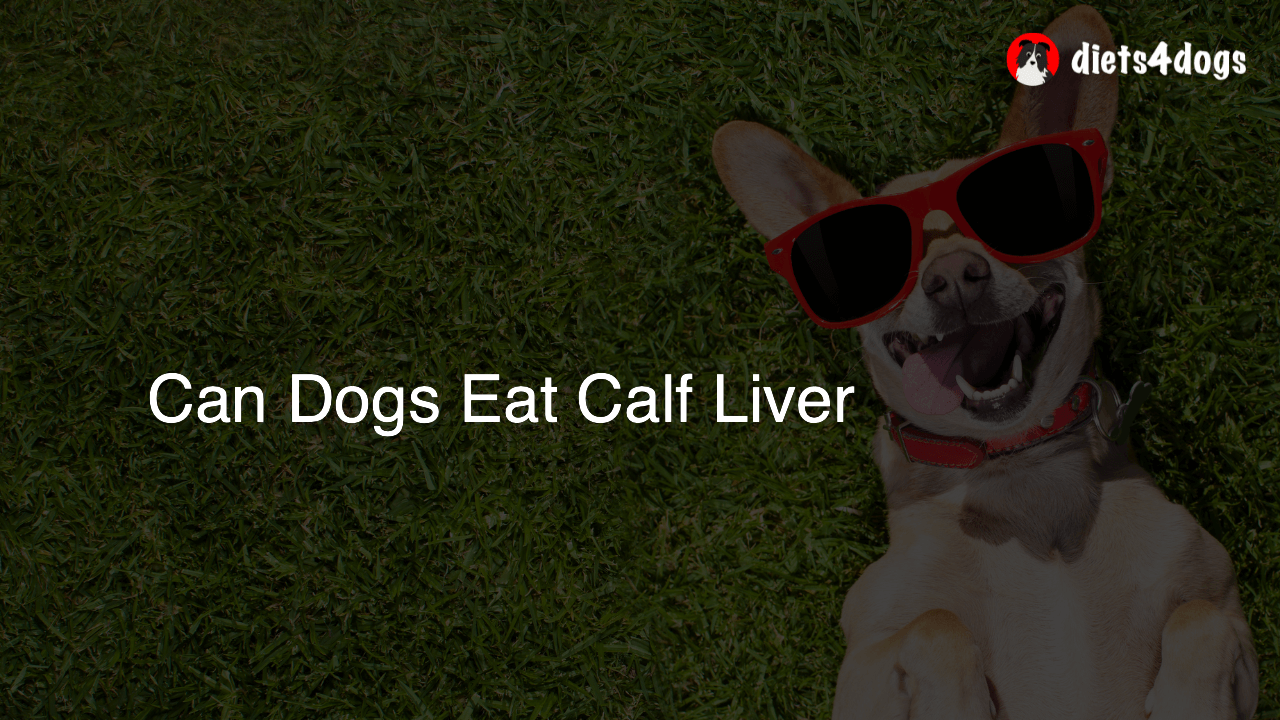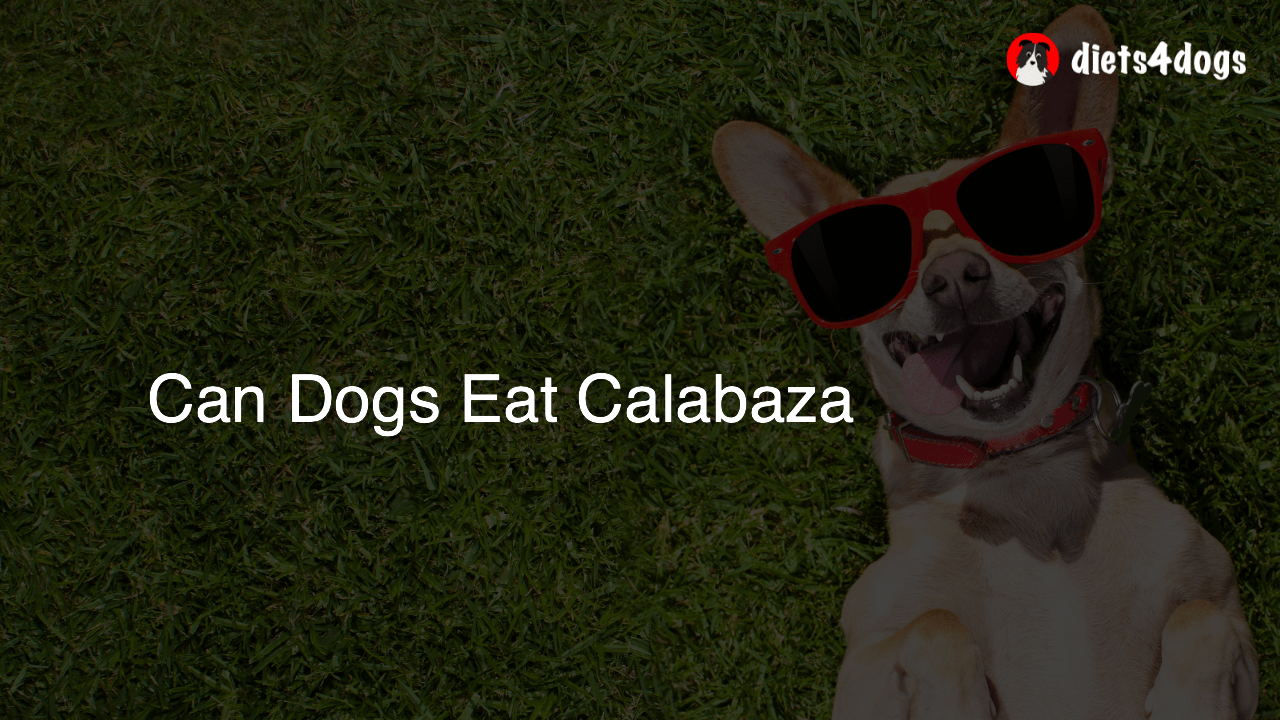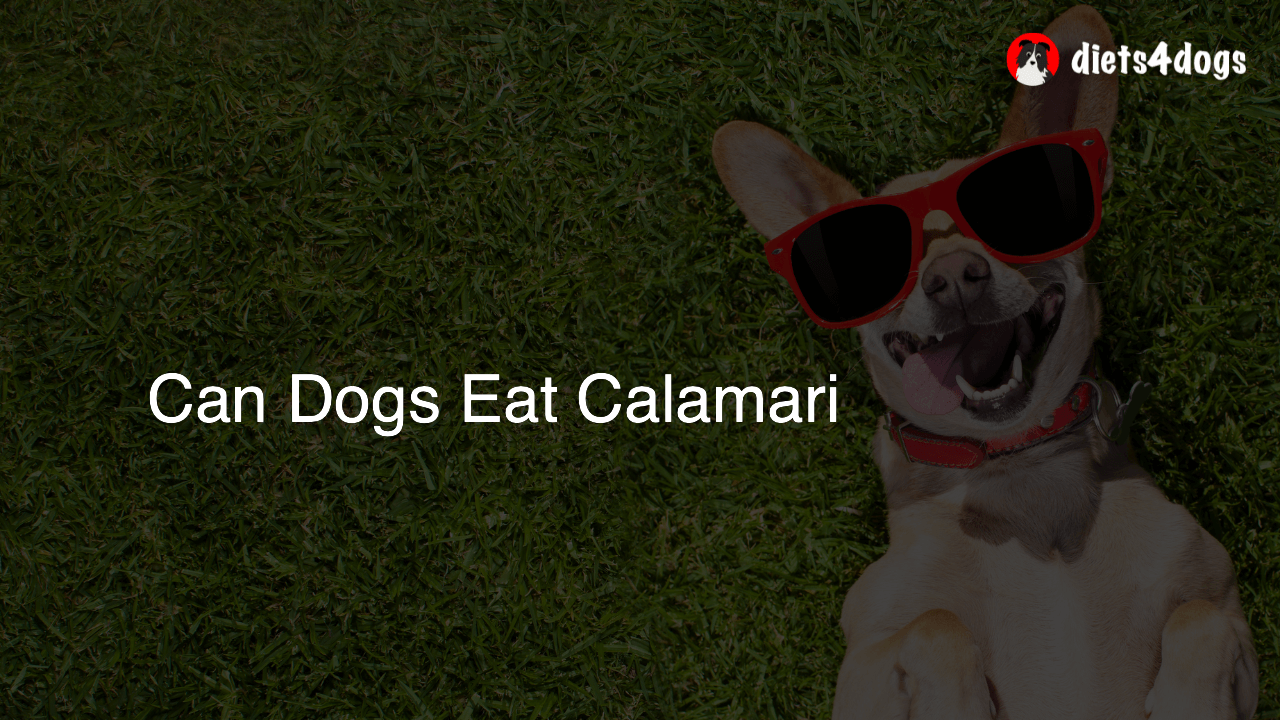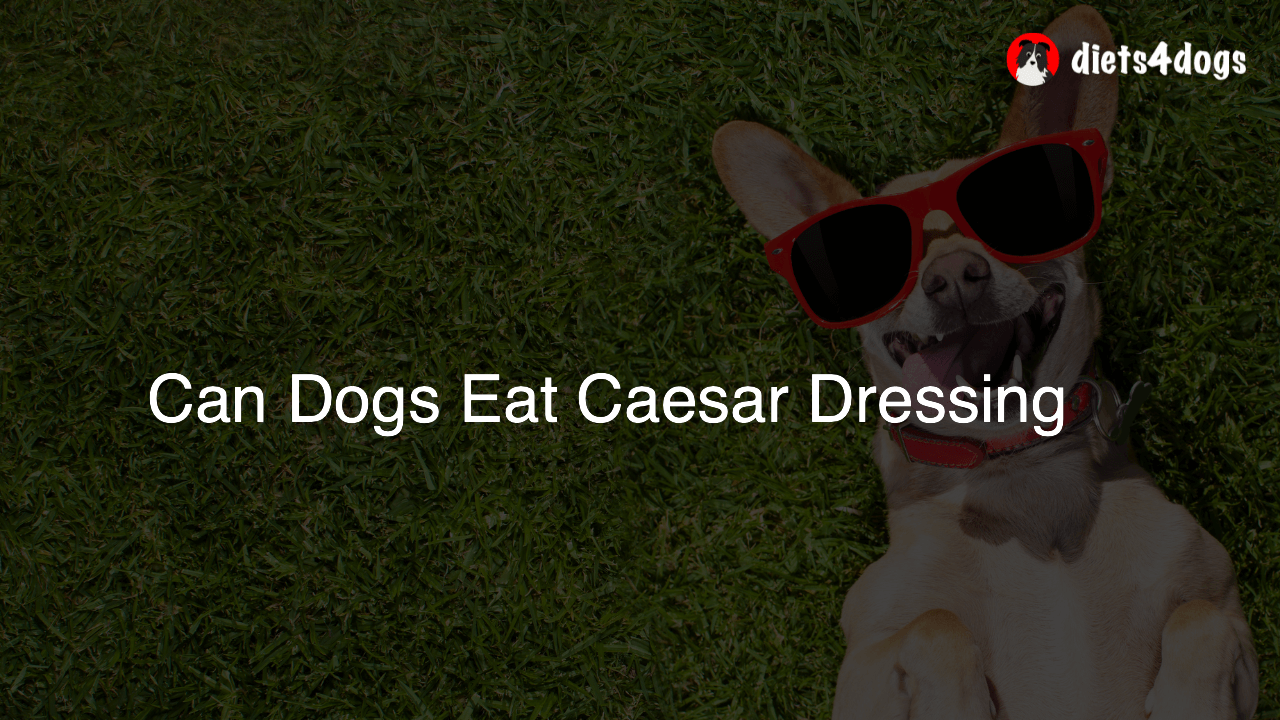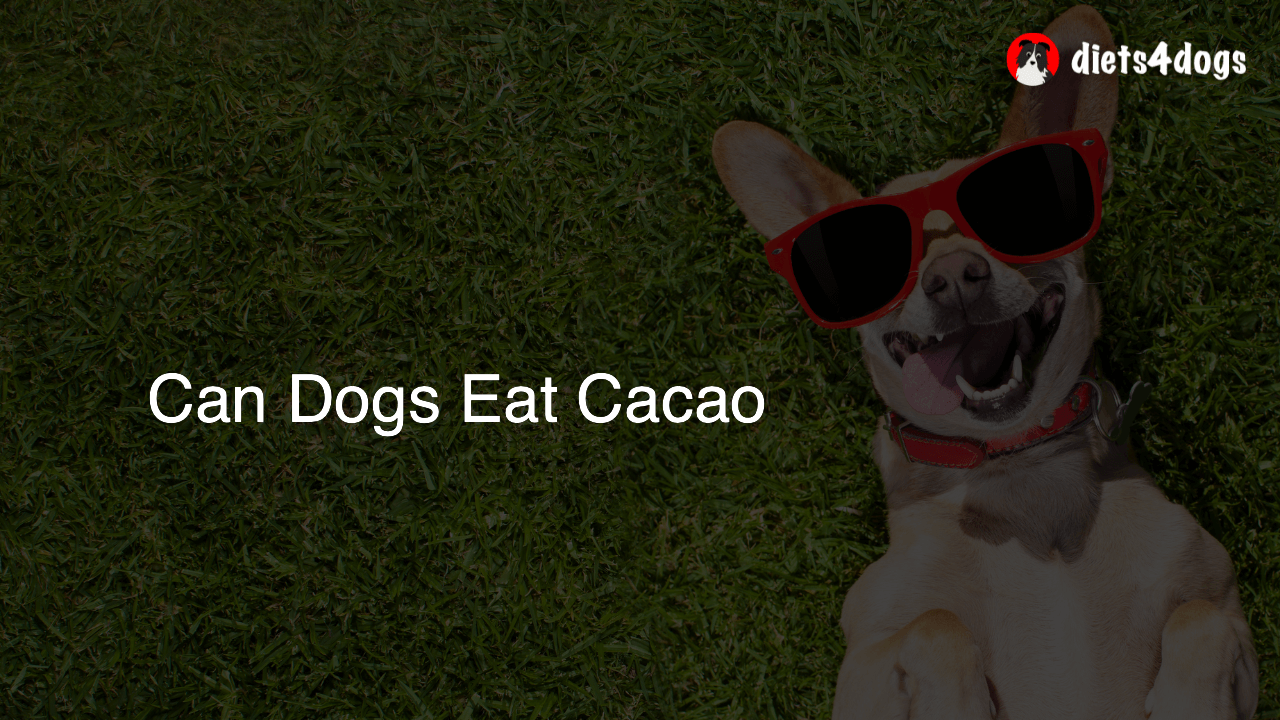Can Dogs Eat Multigrain Bread
Yes, dogs can eat multigrain bread in moderation. It’s generally safe for consumption, but it doesn’t provide significant nutritional benefits for dogs. Keep in mind that some ingredients, like raisins or xylitol, which can be present in certain multigrain bread, are toxic to dogs. So, always check the ingredient list to ensure it’s safe for your canine friend.
Introduction to Multigrain Bread for Dogs
Multigrain bread is known for its varied textures and tastes, which makes it a popular choice for humans. But have you ever wondered if sharing this delicious treat with your furry friend is a good idea? Let’s dive into the world of multigrain bread and dogs to find out if it’s a suitable snack for our canine companions.
The Ingredients of Multigrain Bread
Before determining if multigrain bread is safe for dogs, it’s important to understand what it’s made of. As the name suggests, multigrain bread contains a mix of different grains such as wheat, oats, barley, and millet. These grains are typically rich in fiber, vitamins, and minerals, making them a nutritious option for humans. Additionally, the bread may contain other ingredients like seeds, nuts, and occasionally dried fruit or sweeteners.
Grains and Dogs
Despite the ongoing debate about grain-free vs. grain-inclusive dog food, most dogs can safely consume grains without any issues. In fact, whole grains can provide benefits like fiber, vitamins, and minerals. However, note that grains should make up only a small portion of a dog’s overall diet, as their primary nutritional requirements come from meat-based sources.
Potential Dangers in Multigrain Bread
While the basic ingredients of multigrain bread may not cause harm to dogs, certain additives and flavorings can be dangerous. Here are some hazardous ingredients to look out for:
Raisins and Other Dried Fruits
If the multigrain bread contains raisins, currants, or other grape-derived ingredients, keep it away from your dog. These fruits can lead to kidney failure in dogs and must be avoided at all costs.
Xylitol
Xylitol is an artificial sweetener commonly found in sugar-free products. Unfortunately, even a small amount of xylitol can cause life-threatening symptoms in dogs such as hypoglycemia, liver failure, seizures, and death. Always check the label for xylitol before sharing multigrain bread with your pup.
Nuts and Seeds
Some nuts, like macadamias, are toxic to dogs and can cause symptoms like vomiting, diarrhea, and weakness. While seeds like flax, sunflower, and chia are not toxic, they can be difficult for dogs to digest in large amounts or if consumed frequently, leading to gastrointestinal issues.
Moderation is Key
As with most human foods, the key to safely sharing multigrain bread with your dog is moderation. A small piece of plain multigrain bread now and then should not harm your canine companion, provided it doesn’t contain any toxic ingredients. However, it’s essential to be mindful of unnecessary calories and the lack of substantial nutritional benefits in bread for dogs.
Selecting the Right Dog Food
Multigrain bread should never be a substitute for high-quality, balanced dog food. To maintain the health and wellbeing of your furry friend, choose a dog food tailored to their age, size, breed, and activity level. Consult with your vet if you’re unsure about the best food choice for your pet, as they can guide you toward the most suitable diet for your dog’s individual needs.
Conclusion
Feeding your dog multigrain bread in moderation is generally safe, but always be cautious about the ingredients present in the bread. Make sure to avoid bread containing toxic substances and treat it as an occasional snack, not a replacement for their regular diet. By being mindful of your dog’s food intake and providing balanced meals, you ensure a long, healthy, and happy life for your furry friend.
Alternative Snacks for Dogs
Although dogs can enjoy the occasional piece of multigrain bread, it’s a good idea to explore other, more nutritious treats for your canine companion. Here are a few dog-friendly alternatives:
Fruits and Vegetables
Many fruits and vegetables are suitable snacks for dogs and provide more nutritional benefits than bread. Apples, carrots, and cucumbers, for example, are low in calories and high in fiber and nutrients, making them excellent options for your pup’s treat time. Just be sure to avoid any toxic fruits like grapes, raisins, and avocados.
Lean Meat
Packed with protein and perfectly aligned with a dog’s dietary needs, lean meat, such as cooked chicken, turkey, or beef, makes an excellent treat. Make sure to remove any bones and avoid rich, fatty cuts, which can lead to digestive upset or pancreatitis.
Dog-Friendly Cookies and Treats
There’s a wide selection of dog-friendly cookies and treats available on the market that are specially formulated to meet your dog’s nutritional needs. Look for high-quality, natural options containing minimal additives and artificial ingredients.
Obesity and Dogs
Indulging your dog with too many treats, including multigrain bread, can lead to obesity, which is a significant health concern among pets. Keep an eye on your dog’s weight and adjust their food and treat intake accordingly. Regular exercise and portion control can play a significant role in maintaining a healthy weight for your furry friend.
Monitoring Your Dog’s Reaction to Multigrain Bread
Each dog is different, and their reactions to various food items can vary. If you decide to give your dog a bit of multigrain bread, monitor their behavior and digestion for any signs of discomfort or abnormality. Symptoms like vomiting, diarrhea, or excessive gas may indicate a sensitivity or allergy to some of the ingredients in the bread. If you notice any of these signs, it’s best to discontinue feeding them multigrain bread and consult with a veterinarian if symptoms persist.
Seeking Veterinary Advice
If you have concerns about your dog’s nutrition or are unsure about introducing new foods like multigrain bread into their diet, consult with a veterinarian. They can assess your dog’s health and provide tailored advice on nutritional requirements and appropriate treat options to meet your dog’s specific needs. Having a professional opinion can help you make the right choices for your pet’s health and wellbeing.
FAQ Section: Multigrain Bread and Dogs
In this FAQ section, we’ve compiled answers to some common questions related to feeding multigrain bread to dogs. These responses will provide helpful insights and guidance for pet owners seeking advice on this topic:
1. Can dogs eat bread in general?
Yes, most dogs can safely eat bread as an occasional treat, but it should not make up a significant portion of their diet. Keep in mind that certain types of bread may contain harmful ingredients like raisins or xylitol, so always check the ingredients list before sharing with your dog.
2. Is multigrain bread healthier for dogs than white bread?
Multigrain bread can provide more fiber, vitamins, and minerals than white bread, but the nutritional benefits are still minimal for dogs. Both types of bread should be considered as occasional treats and not regular food items for your pet.
3. Can dogs with wheat allergies eat multigrain bread?
No, dogs with wheat allergies should not be fed multigrain bread, as it typically contains wheat as one of the primary ingredients. This can cause an allergic reaction and lead to discomfort for your dog.
4. How much multigrain bread can I give my dog?
When sharing multigrain bread with your dog, do so in small and infrequent portions. Since it does not provide substantial nutritional benefits for dogs, it should be considered a rare treat rather than a regular part of their diet.
5. Can dogs eat bread with poppy seeds or sesame seeds?
While poppy seeds and sesame seeds are not toxic to dogs, excessive consumption of these seeds can cause digestive upset. If your multigrain bread contains these seeds in moderation, it should be safe for your dog to consume in small amounts.
6. Can dogs eat bread with garlic or onions?
No, dogs should not eat bread containing garlic or onions, as these ingredients can be toxic to dogs and lead to symptoms such as anemia and gastrointestinal distress. Avoid feeding your dog any bread containing these harmful ingredients.
7. Can I use multigrain bread as a training treat for my dog?
While it’s not harmful as an occasional treat, multigrain bread is not recommended as a regular training treat for your dog. Opt for healthy, dog-specific training treats that are low in calories and provide additional nutritional benefits for your pet.
8. Can dogs with diabetes eat multigrain bread?
It’s best to consult with your veterinarian before feeding your diabetic dog any human food, including multigrain bread. While it may be higher in fiber than white bread, multigrain bread could still cause a spike in blood sugar levels in diabetic dogs.
9. Can puppies eat multigrain bread?
Feeding puppies small amounts of multigrain bread is generally safe, as long as it doesn’t contain any toxic ingredients. That said, puppies have unique nutritional needs, and it’s crucial to focus on providing a balanced diet designed specifically for their rapid growth and development.
10. Are there any benefits of feeding multigrain bread to dogs?
Multigrain bread can provide small amounts of fiber, vitamins, and minerals to your dog’s diet. However, these benefits are minimal compared to what they receive from a balanced, meat-based diet. Instead, focus on providing high-quality dog food and treats specially formulated for dogs’ unique nutritional requirements.

